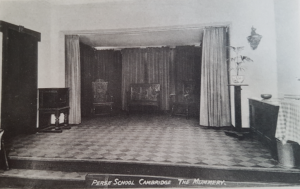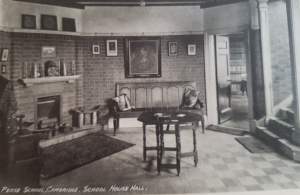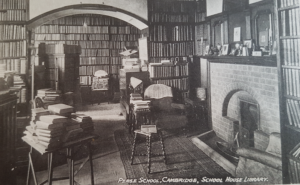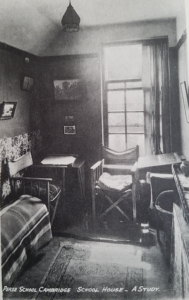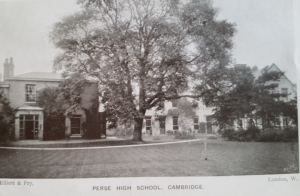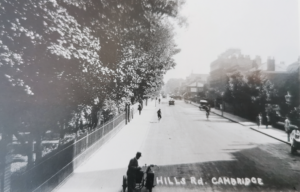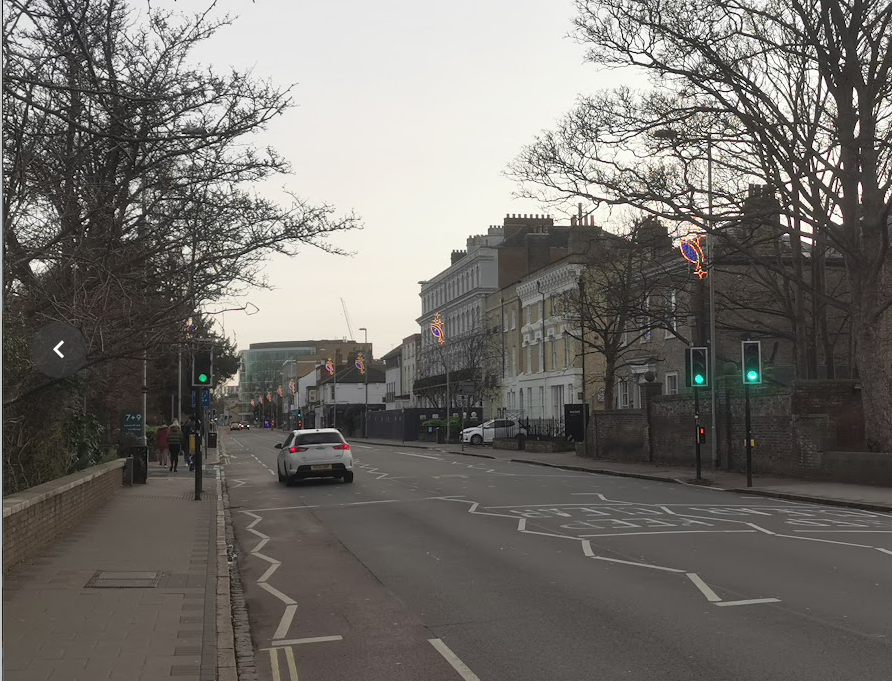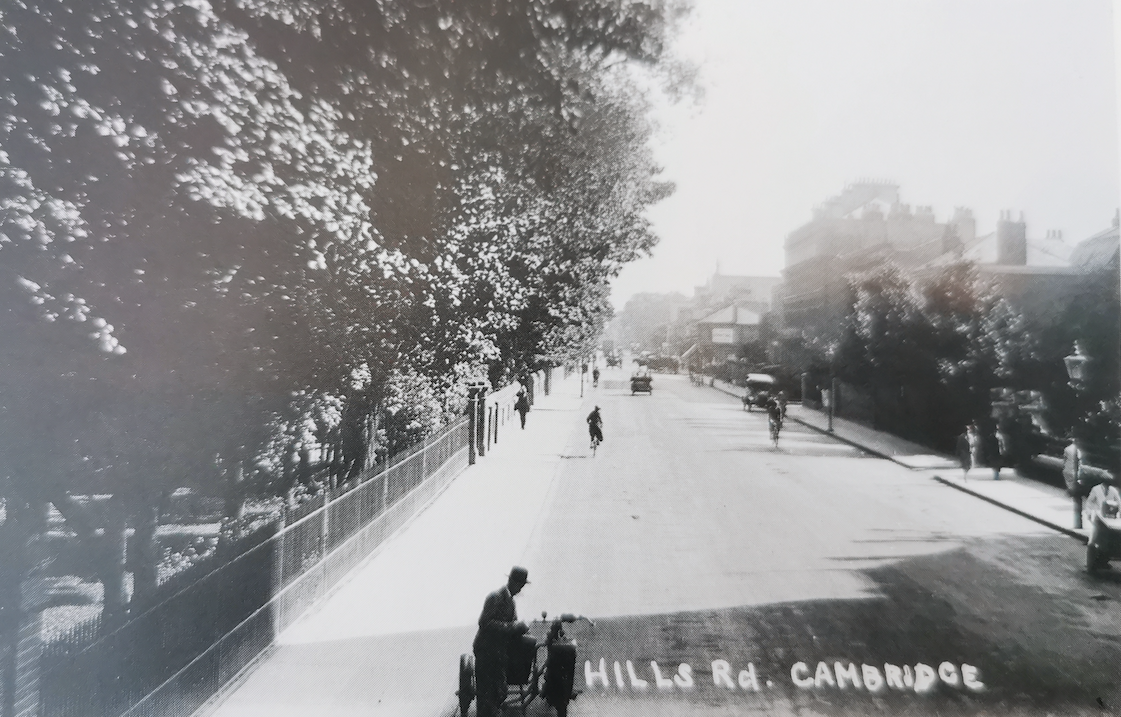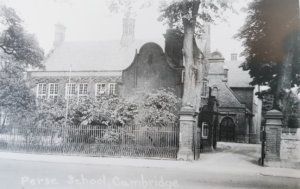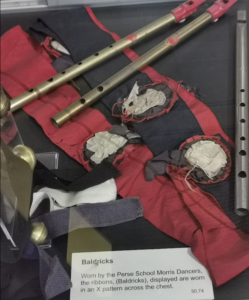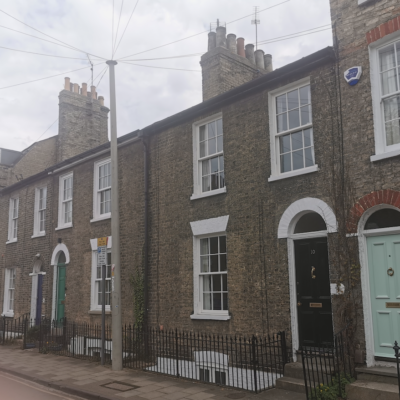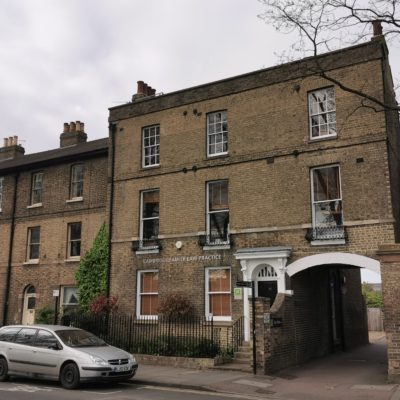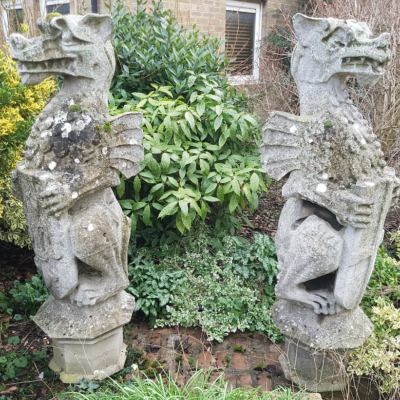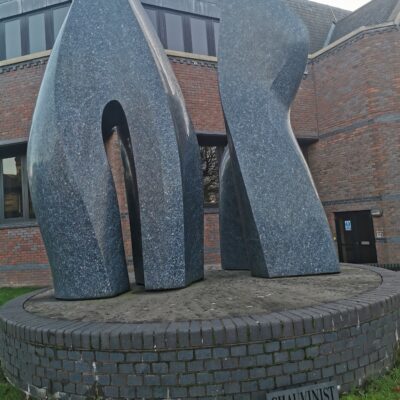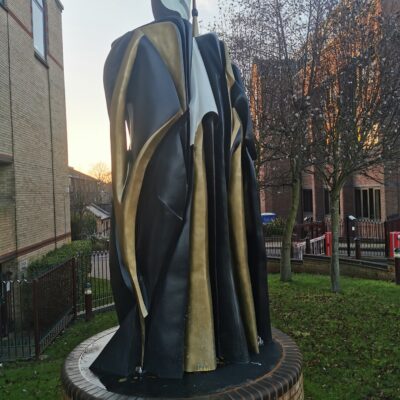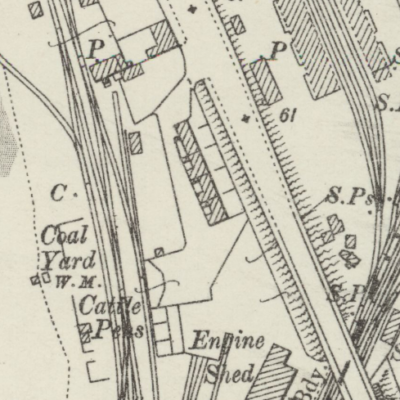Search by topic
- archaeology
- Building of Local Interest
- charity
- church
- crime
- dressmaker
- fire
- Great Eastern Railway
- Listed building
- Mapping Relief
- medieval
- oral history
- poverty
- Public House
- Rattee & Kett
- Religious House
- Roman
- scholar
- school
- Then and Now
- tudor
- women
- work
- world war one
- world war two
Search by text
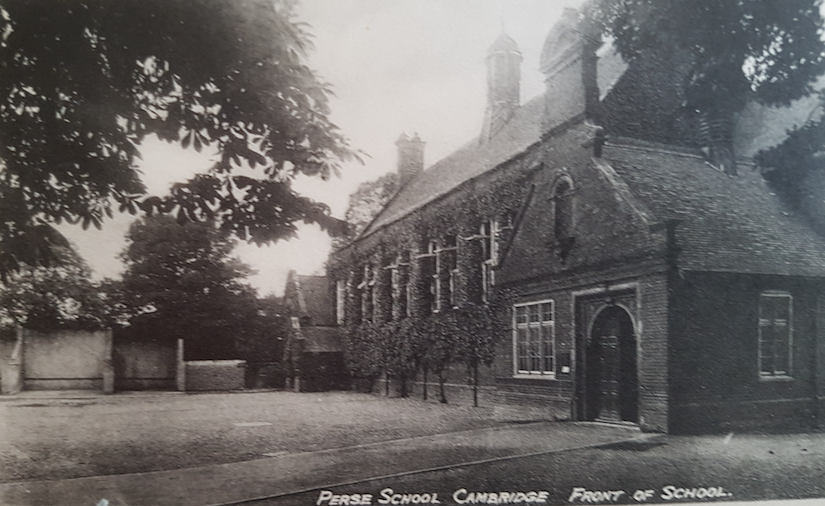 Perse School front
Perse School frontPerse Grammar School for Boys, Hills Road
History Perse Grammar School for Boys, Hills Road
A detailed history of the school can be found here:
https://www.perse.co.uk/about/the-perse-today/history/
1913
W H D Rouse headmaster
1926
1939 census:
Martha Alice Gatlow, b 1907, school cleaner
16/1/1941 East Anglian town’s miniature fire blitz. Famous public school [Perse] damaged. Perse school treasures saved after fire destroyed library and classrooms. The shields which hung around the walls, the War Memorial and the portrait of Dr Rouse survived (Cam Press)
On the night of 16th January 1941 250 incendiary bombs were dropped in a close pattern centred on Hyde Park Corner. Some of the bombs slithered down the southern roof of the Catholic church but did not cause a fire. The main damage happened to the hall of the Perse School opposite and Flinders’ electrical store at 91 Regent Street. The fire took hold of the school hall and the fire brigade found the blaze impossible to extinguish. (‘Catholics in Cambridge’, ed Rogers p185)
This attack is recorded by Jack Overhill in his diary entry for 16th January 1941. Scores of incendiary bombs had been dropped on the town: Cam-Tax garage, the Perse School and a wireless shop suffered damage, and incendiaries were also dropped on a hospital (probably Addenbrooke’s), a church (the Roman Catholic) and houses, but were quickly put put. About 50 fell on Parker’s Piece.
Michael Bowyer, Air Raid! pub 1986, was an eye-witness in the aftermath of the attack. “The Perse School Hall was still burning furiously at 8.30. Despite the devastation, water had to be widely tapped, buses were still passing close to the huge fire. Sitting atop a double-decker I watched as much of the hall roof, or its remains, suddenly collapsed into remnants of the familiar form and erupted into a tremendous burst of flame, the blaze showering sparks widely. The conductor leaned across and said ‘I think we’ve had enough excitement for one day.'”
Hubert Cooper moved to the Upper school in 1944. School started with the familiar bicycle ride, through the Council Estate, across the River Cam and then to Parkers Piece. The playing fields were a lot further up Hills Road towards the Gog Magog Hills and then the ride home was a long one perhaps three afternoons a week, occasionally diverted by bicycle fighting on the common. Bicycles ha be walked into school to the important bicycle shed occasionally scores were settled by scuffles. There was every day assembly with a short sermon and lusty singing….. the routine of the school timetable involved moving the classes to the staff (often in specialised rooms) rather than the staff to the class…..the school was really a friendly battleground between the Humanities, the Sciences and the Classics….. the Perse had a number of interesting features in my years. One was the existence of a boarding school near the playing fields which brought in a different group, a fact emphasised by the boarders being grouped in a single house – South – under the house system. I was in North House, relating to the geographical position of my home.There was also a Jewish boarding house – Hillel.
This was the meeting place of the 5th Cambridge Scouts 1930s to 1950s.
Contribute
Do you have any information about the people or places in this article? If so, then please let us know using the Contact page or by emailing capturingcambridge@
License
This work is licensed under CC BY-NC-SA 4.0





